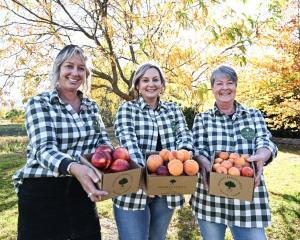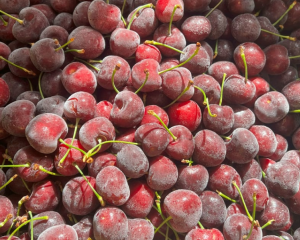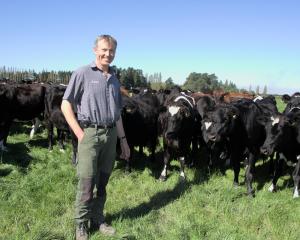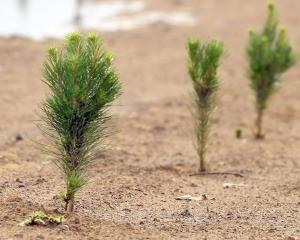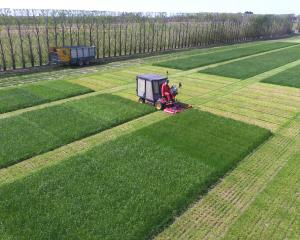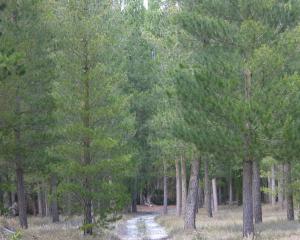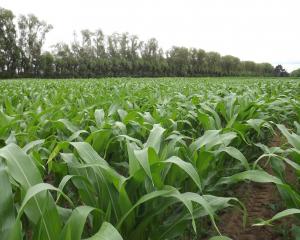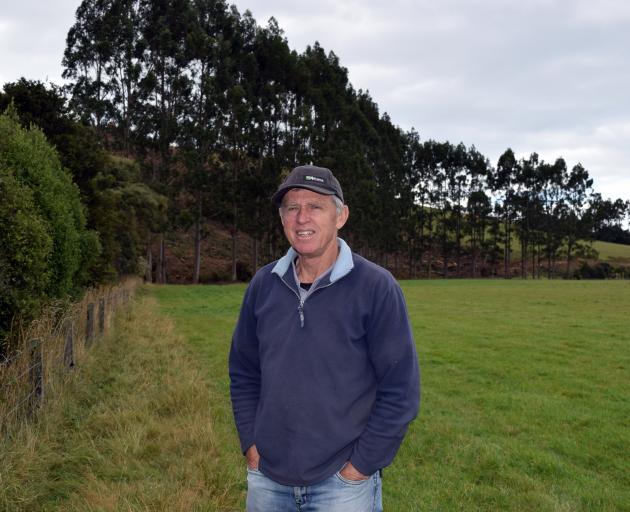
Farmers wanting to plant exotic production forestry on their marginal land have alternative options to pine trees, New Zealand Farm Forestry Association president Neil Cullen says.
About 90% of exotic forests in New Zealand were radiata pine trees and there was considerable risk of being reliant on one species, he said.
The appeal of pine trees was they grew more quickly than other species, could handle most of New Zealand conditions and were easy to market.
About 60% of New Zealand’s pine logs are exported to China.
A risk of a heavy focus on one species was the impact if China reduces its demand and a lack of mills in New Zealand to process its own logs.
Another risk was a disease affecting the production of pine trees, such as red needle cast in the North Island which was having a bigger impact as conditions got warmer.
A weakness of radiata pine was its lack of durability and the timber needing to be treated.
New Zealand imported about $400 million of timber each year including red cedar, a durable, slow-growing softwood grown in North America.
"We can grow alternatives to take place of that, especially on New Zealand farms," he said.
Hardwood species were also imported and there were a range of species which could fulfil those imports and often they are high value, like cypresses, macrocarpa and redwoods, Mr Cullen said.
A redwood had deep roots, which holds the soil on a slope better than a pine tree.
When a redwood was cut down, its roots stayed alive, unlike a pine tree, which roots "let go" after harvest, which made an area vulnerable to slips, he said.
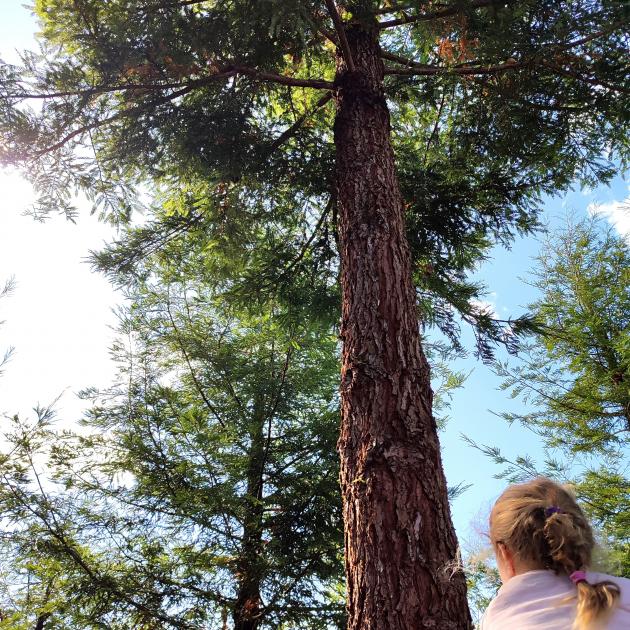
As there were restrictions on felling redwoods in the United States, the company was confident it could sell the New Zealand redwood trees in California.
The company’s most southern redwood forest was in North Canterbury.
Douglas fir was the second most prevalent exotic tree species in New Zealand and due to its strength was used in the construction industry around the world,
"There is no problem marketing Douglas fir," he said.
Douglas fir was a slower growing tree than a pinus radiata and posed a greater risk of wilding spread.
A risk of planting some alternative species was a lack of a market for them, he said.
Due diligence on the alternation species would reduce the risk, he said.
A booklet A New Zealand Guide to Growing Alternative Exotic Forest Species could help selecting the right species for a site.
Mr Cullen had forestry in the Emissions Trading Scheme but it was never the primary motivation for planting trees.
"In my opinion, carbon shouldn’t be the reason you plant trees — it should be a bonus."
Production forestry on farms was a good way of providing an alternative source of income, he said.
"It helps the long-term viability of the farm."
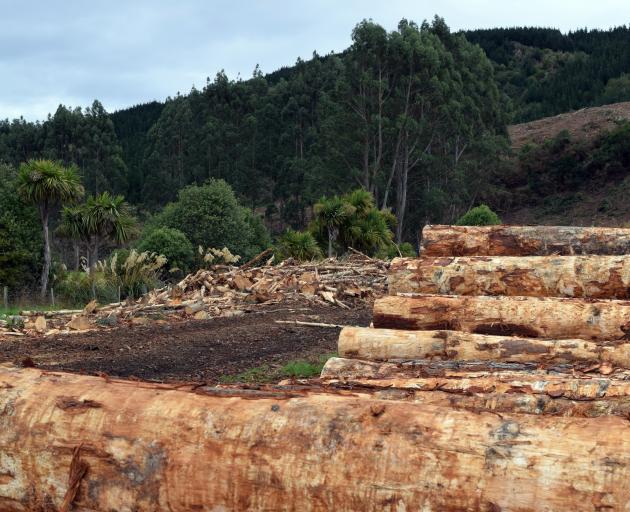
Mr Cullen is now retired from farming and lives in Waihola.
The first forestry block he planted during his tenure was a block of macrocarpa 26 years ago.
Now more than 10 species of exotic forest species had been planted across all of the poorer country on the 650ha sheep and beef farm.
Mr Cullen’s son Simon lives on the farm and runs it with his partner Rachel Worth.
When Southern Rural Life arrived on the farm, Simon and Rachel were drenching some of their lighter sheep to improve their body condition before the ewes were mated later thismonth.
Dry conditions had hardened the soil but there had been enough rain to keep the grass green and growing.
A drop in sheep meat returns meant ewes were being kept ,rather than sent to the works, in a hope prices would improve.
As many lambs as possible were being fattened this season, rather than being sold as stores, as they did last season, Simon said.
"I can’t afford to sell them as stores this year because the meat price is low and the store price is even lower."
Glenomaru Farm:
- 650ha sheep, beef and forestry property in Glenomaru Valley in the Catlins.
- Owned by the Cullen family since 1968.
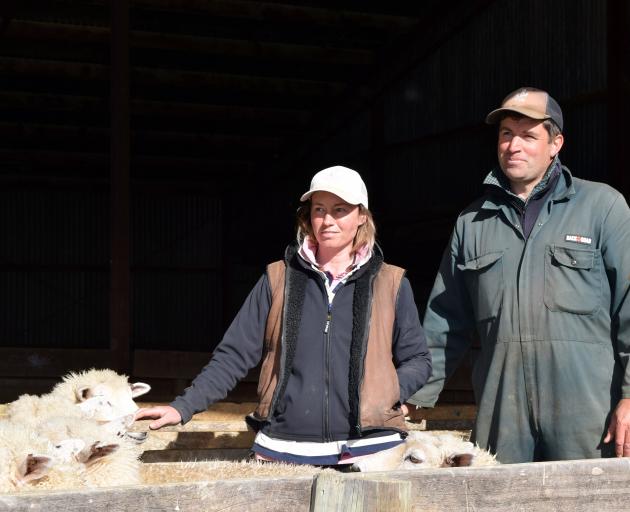
- About 45ha of forestry planted by 1990 and 95% was pinus radiata.
- Farm ownership transferred to Neil and Pam Cullen in 1991.
- Another 113ha forestry planted since 1991.
- Forestry harvesting began in 2000.
- All pre-1990 blocks have been harvested and replanted.
Current tree species:
- 90ha pinus radiata
- 33ha Douglas fir
- 22ha cypress
- 6ha eucalyptus
- 5ha redwoods
- 2ha of other species including abies, larch, poplars, red beech, spruce and thuja


